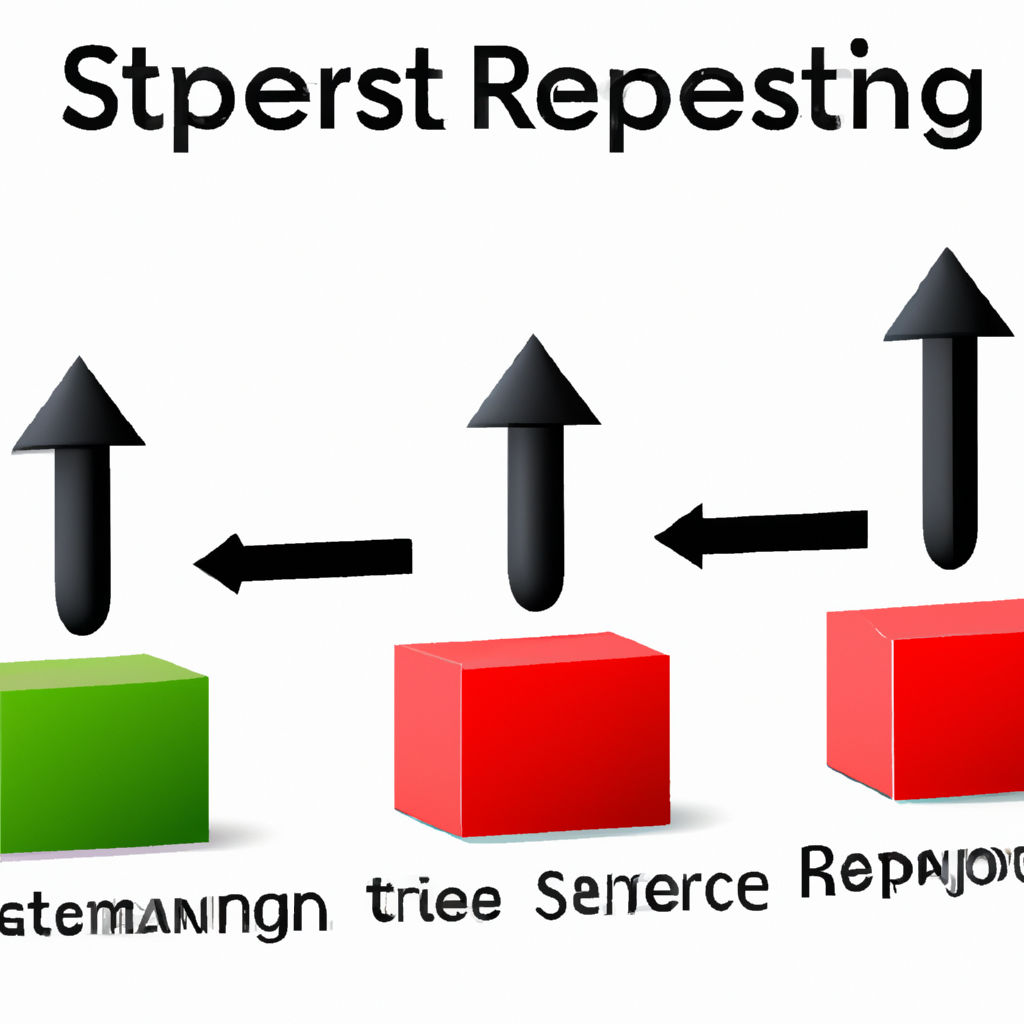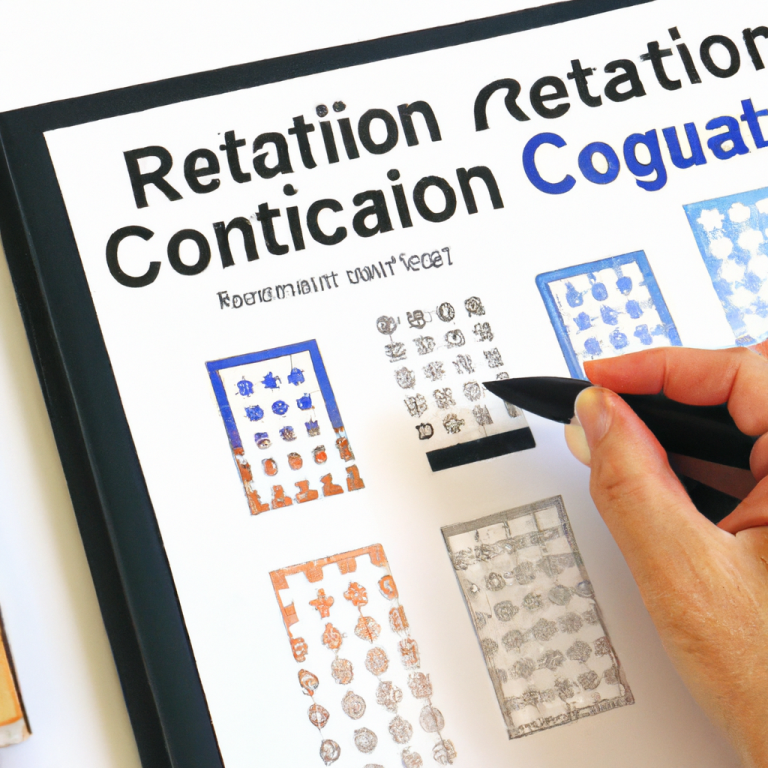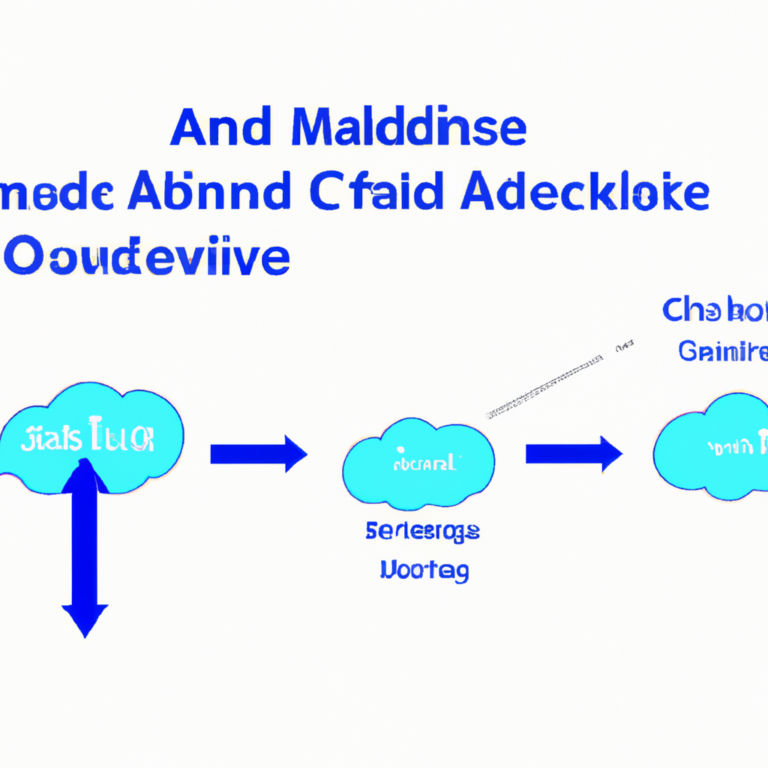Support and Resistance Level Strategies
Support and resistance levels are key concepts in technical analysis that help traders identify potential entry and exit points in the market. By understanding how these levels work, traders can make more informed decisions and improve their trading strategies. In this article, we will discuss some effective support and resistance level strategies that traders can use to enhance their trading performance.
Identifying Support and Resistance Levels
Support and resistance levels are areas on a price chart where the price tends to reverse its direction. Support levels are areas where the price tends to find buying interest, while resistance levels are areas where the price tends to encounter selling pressure. Traders can identify these levels by looking at historical price data and observing where the price has previously reversed its direction.
Using Support and Resistance Levels in Trading
Support and resistance levels can be used in a variety of ways in trading. Here are some common strategies that traders can use:
- Breakout Trading: Traders can look for breakouts above resistance levels or below support levels as potential trading opportunities. Breakouts can indicate a strong momentum in the market and can lead to profitable trades.
- Range Trading: Traders can also use support and resistance levels to trade within a range-bound market. They can buy near support levels and sell near resistance levels, profiting from the price oscillations within the range.
- Reversal Trading: Support and resistance levels can also be used to identify potential reversal points in the market. When the price approaches a strong support or resistance level, traders can look for signs of a reversal, such as candlestick patterns or divergences, to enter a trade in the opposite direction.
Setting Stop Loss and Take Profit Levels
When trading based on support and resistance levels, it is important to set proper stop loss and take profit levels to manage risk effectively. Traders can place their stop loss orders below support levels in a long trade and above resistance levels in a short trade to limit potential losses. Take profit levels can be set at the next support or resistance level to capture profits before the price reverses its direction.
Conclusion
Support and resistance levels are valuable tools that can help traders make better trading decisions. By understanding how to identify and use these levels effectively, traders can improve their trading strategies and increase their chances of success in the market. Incorporating support and resistance level strategies into your trading plan can help you navigate the market more confidently and profitably.










